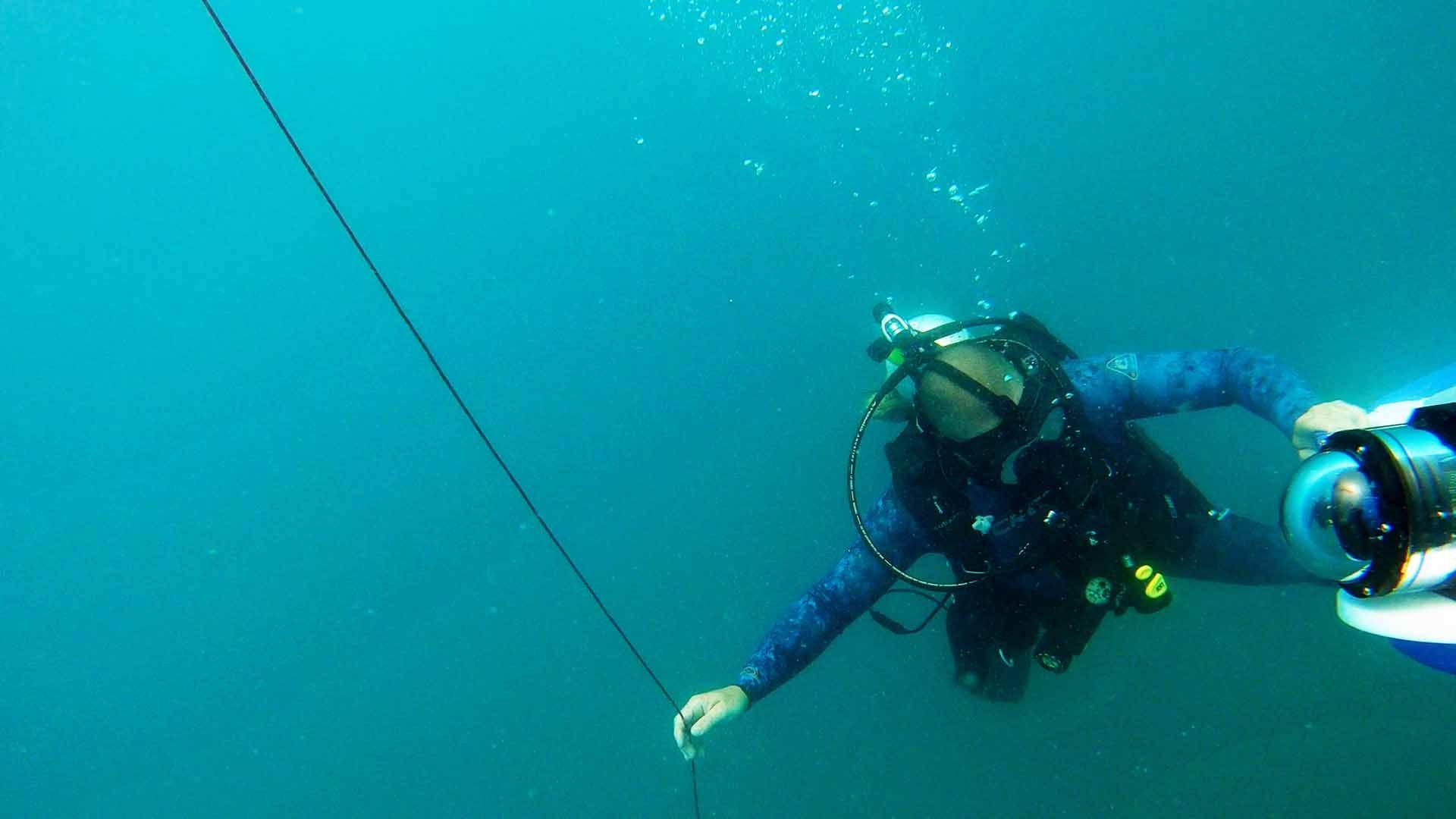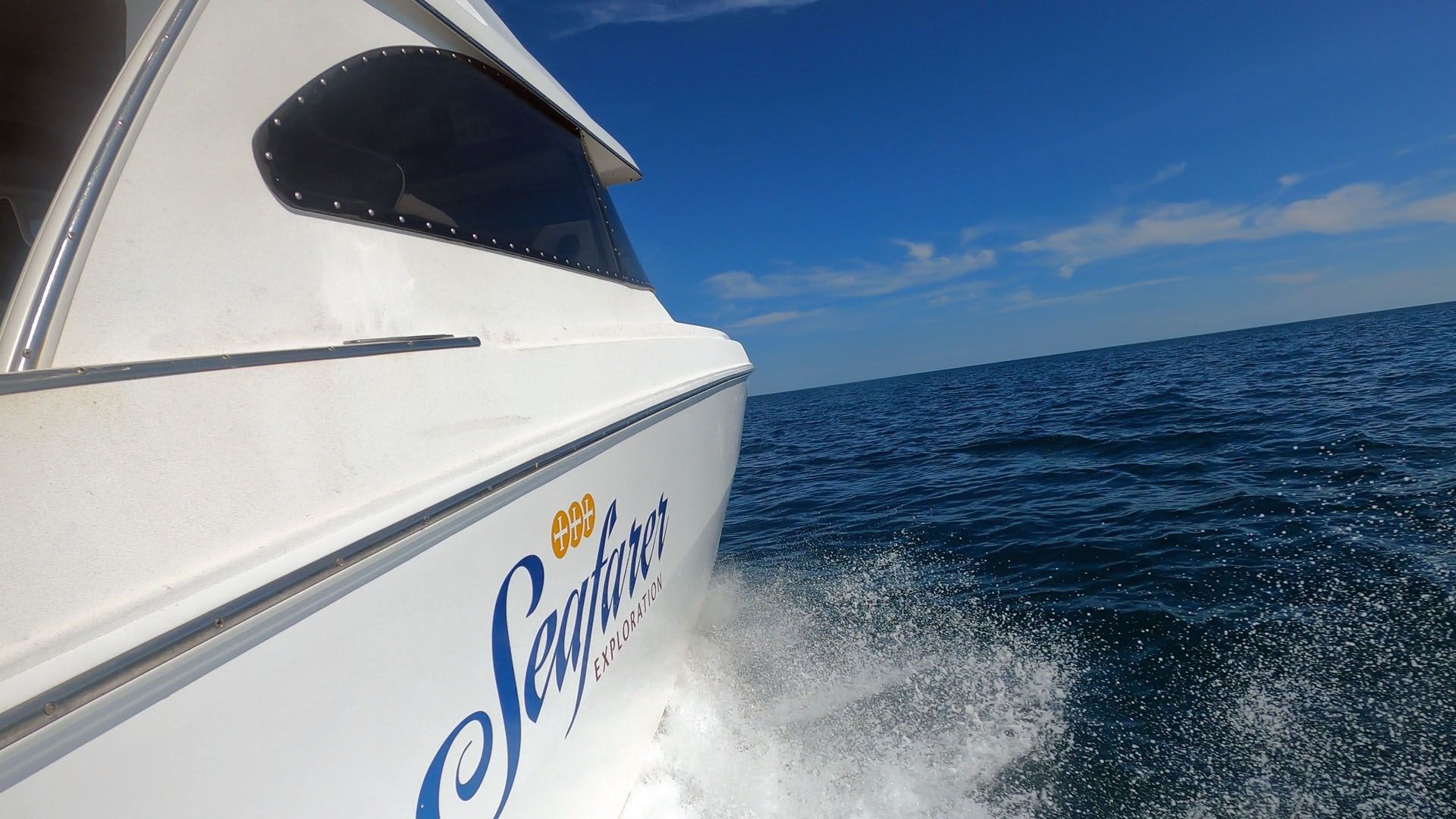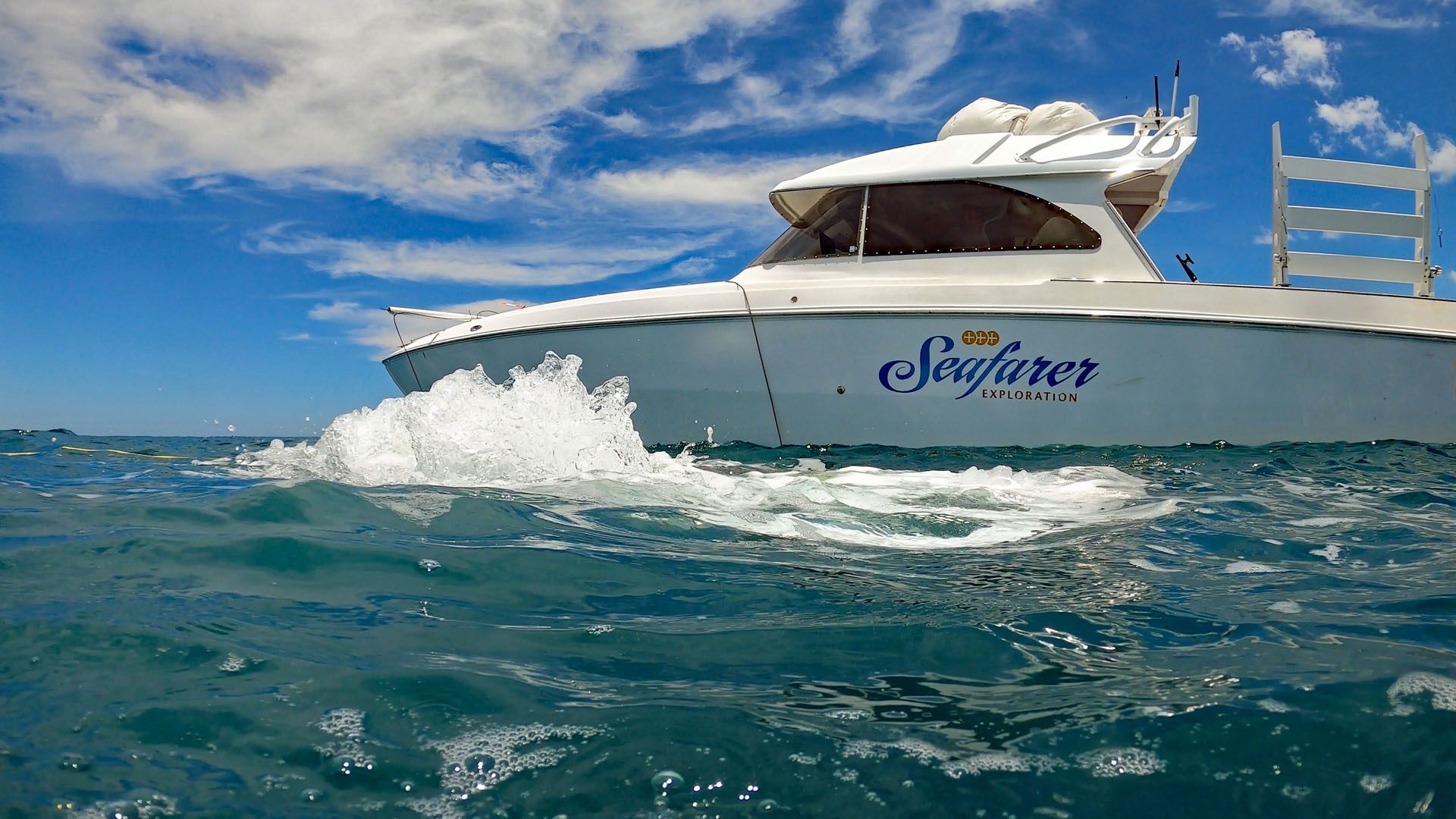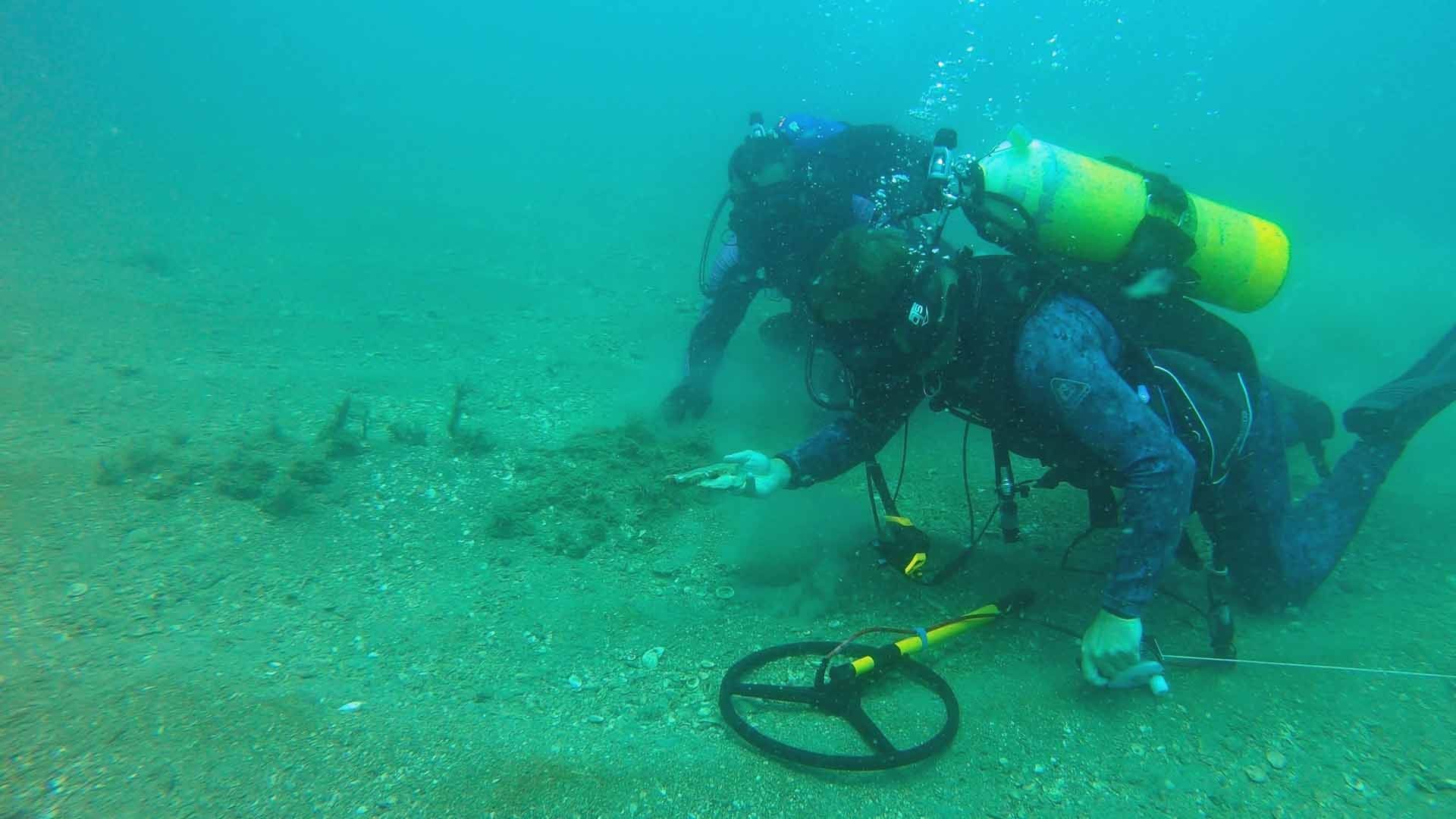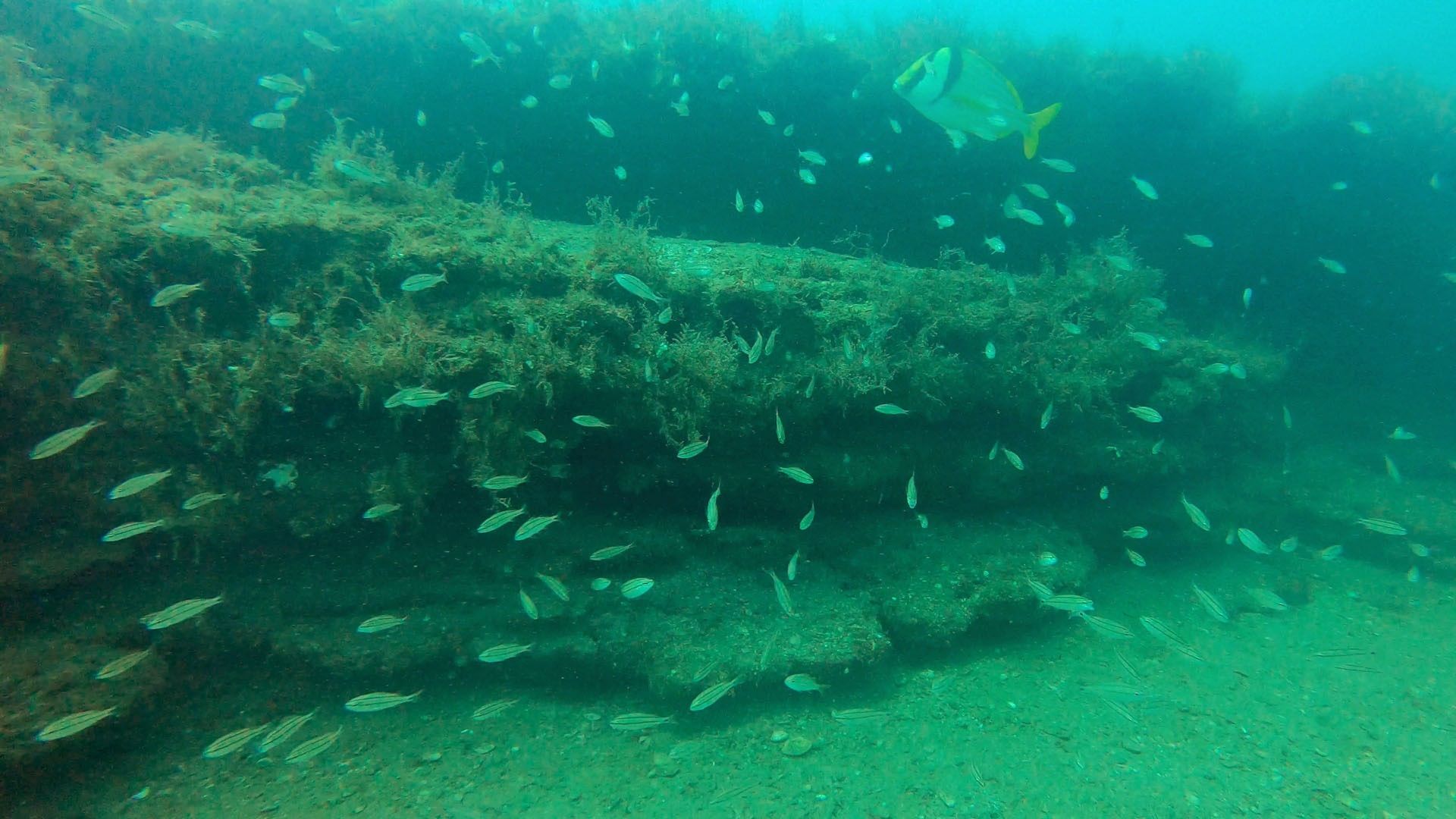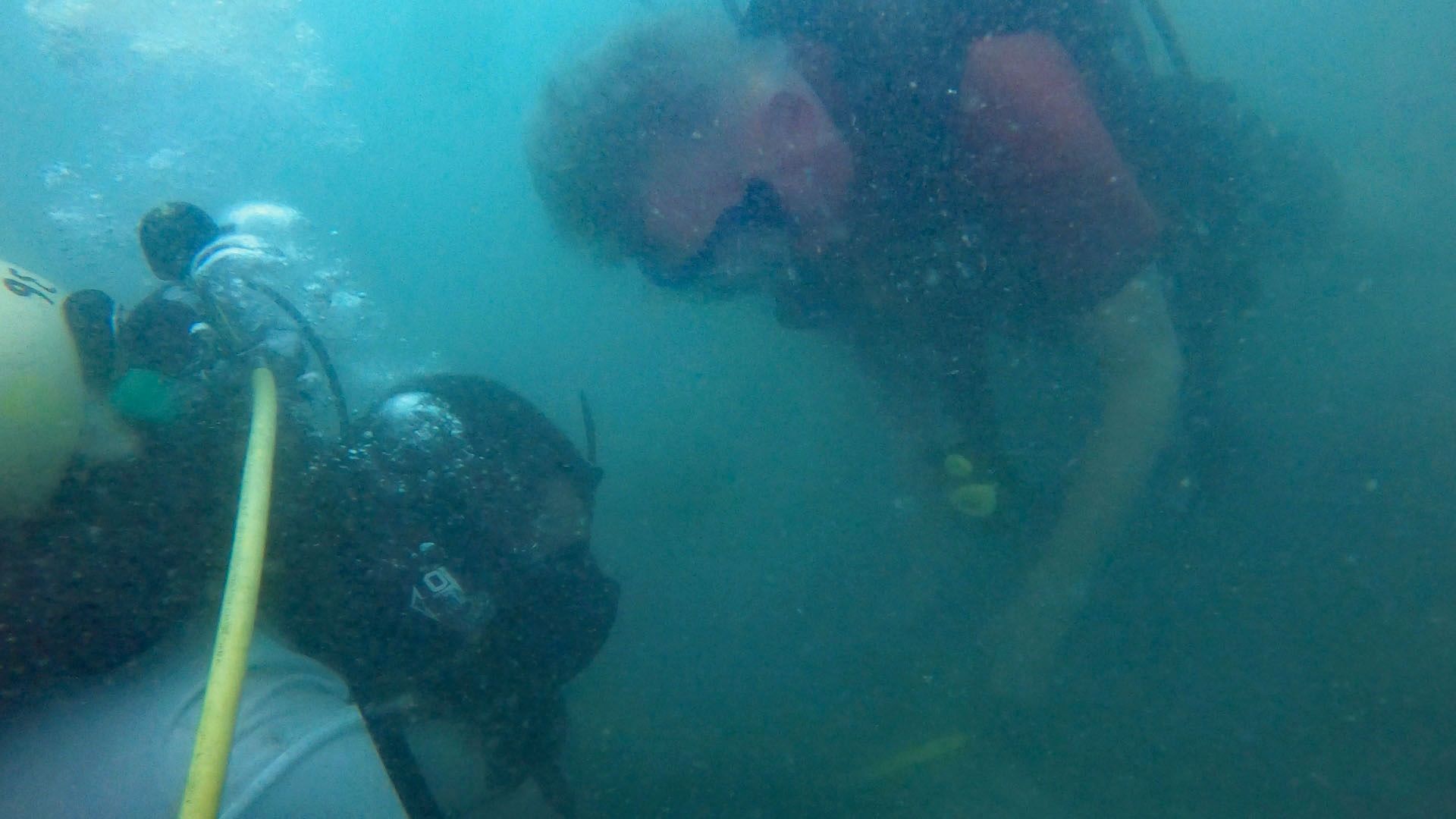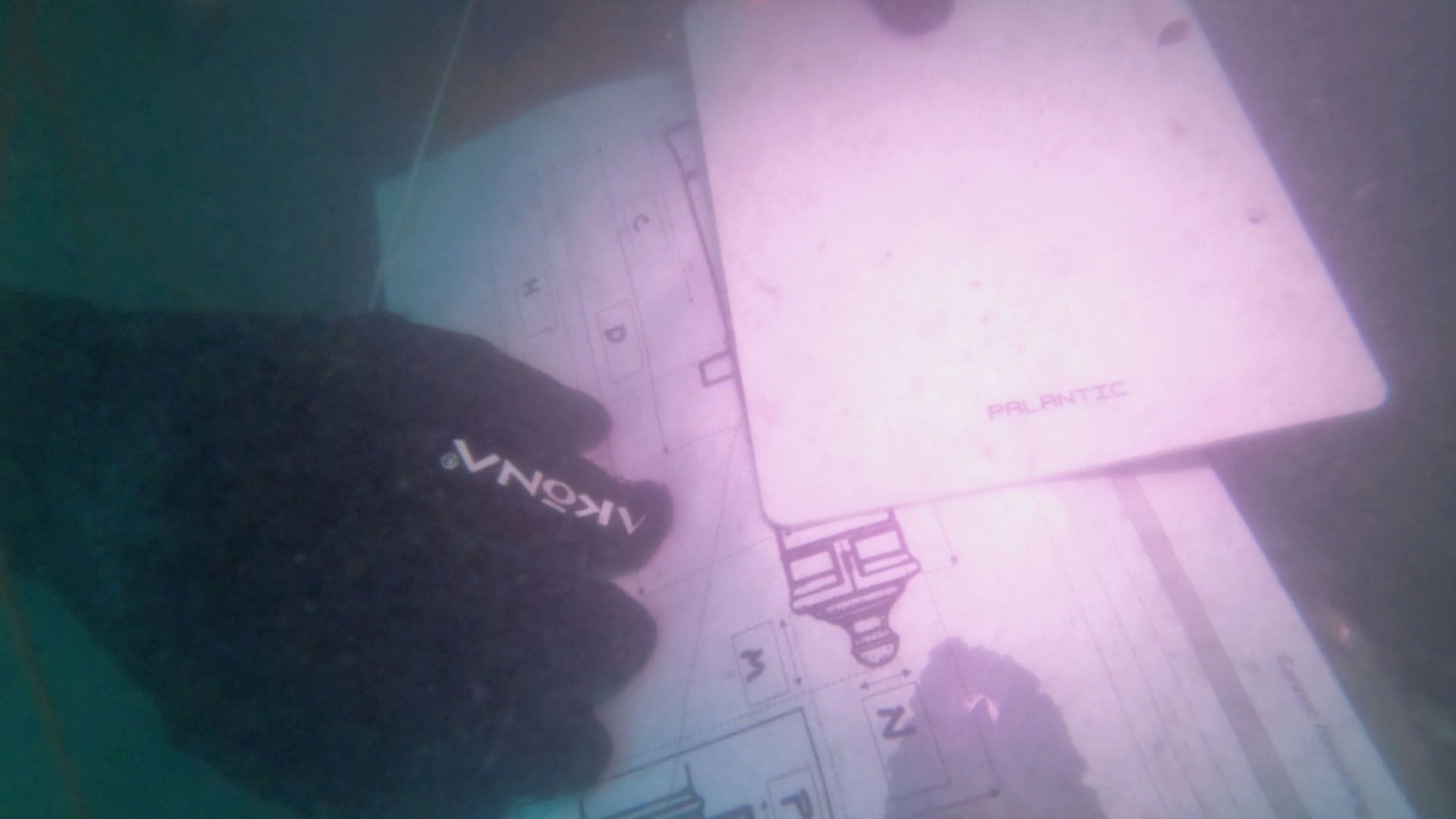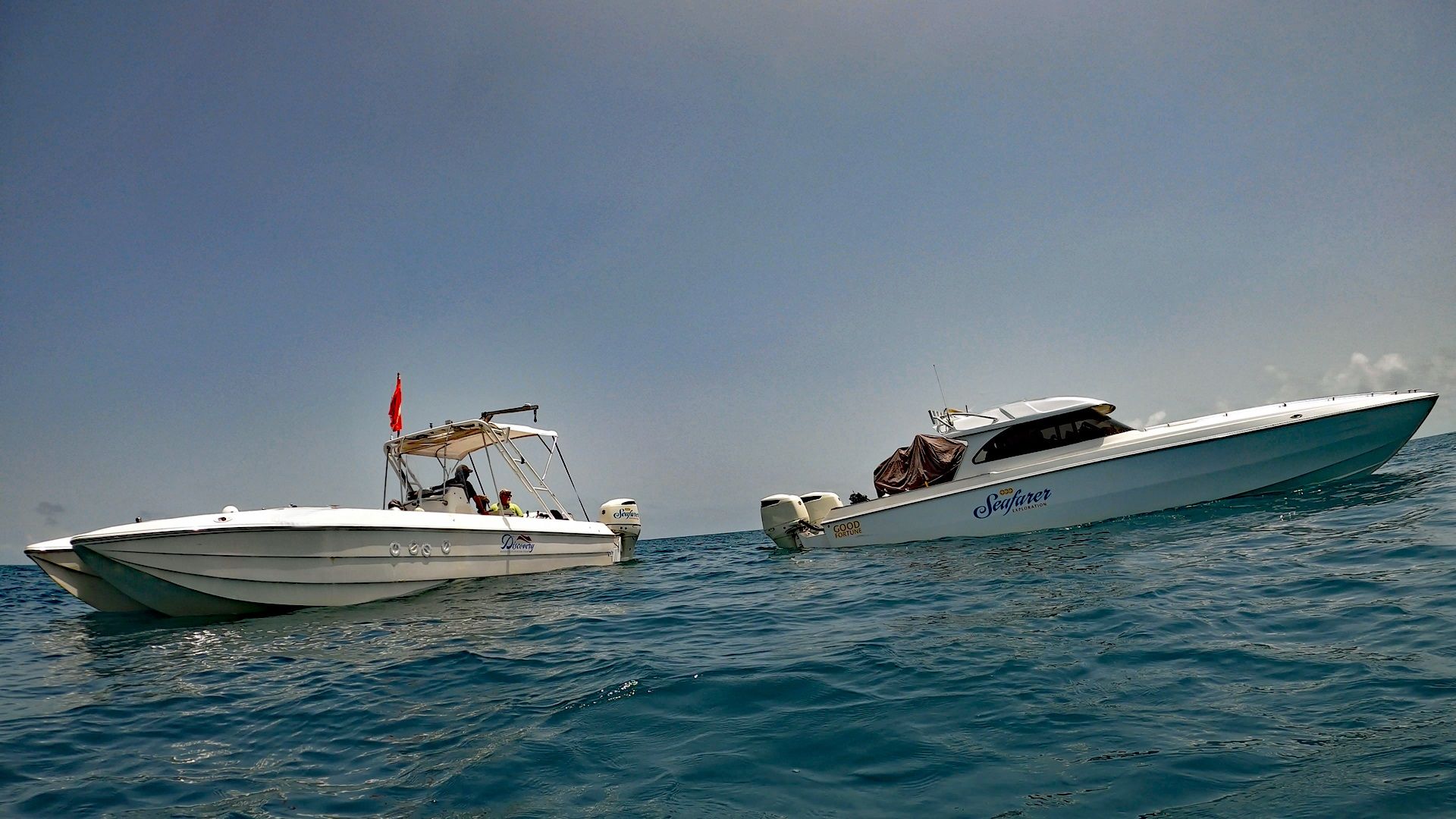We all look forward to this time of year when the water is clearer, and the seas are calmer. Over the past few weeks, the SeaSearcher team has been hard at work in the ocean scanning and qualifying the metal discriminator. The plan is to complete tests without a diver escorting the SeaSearcher and go operational within the next few days. When not scanning or testing, the team explored an interesting structure and marked it for future investigation. This type of elevated structure is rare for the Melbourne area. We also took advantage of the clear conditions for the archaeology team to document an already known period cannon that is on-site. It made for good training and is one of many artifacts they will be documenting over the next several weeks. We will bring you more pictures as they do. The Discovery team was also out exploring. More on them in the next post.

